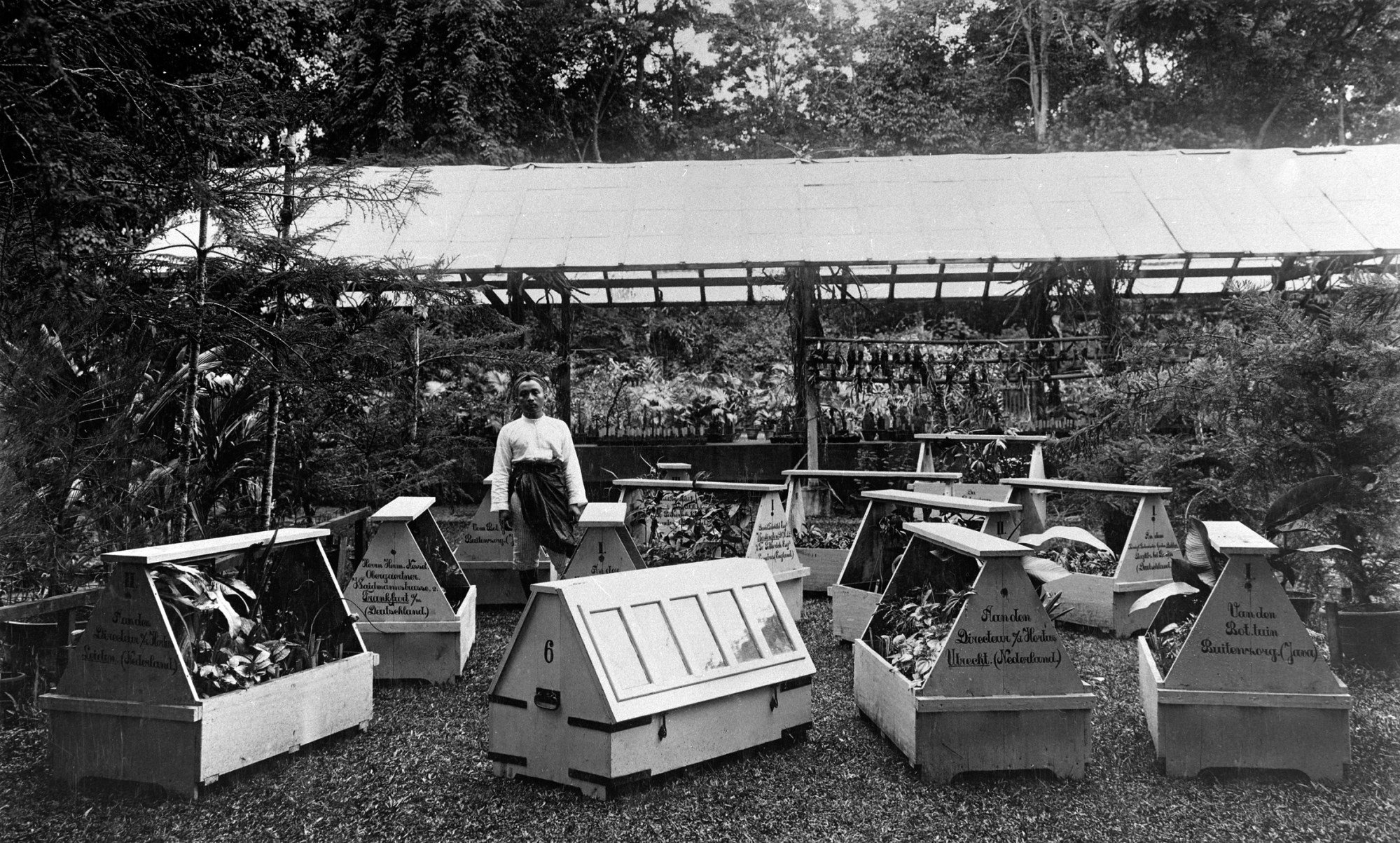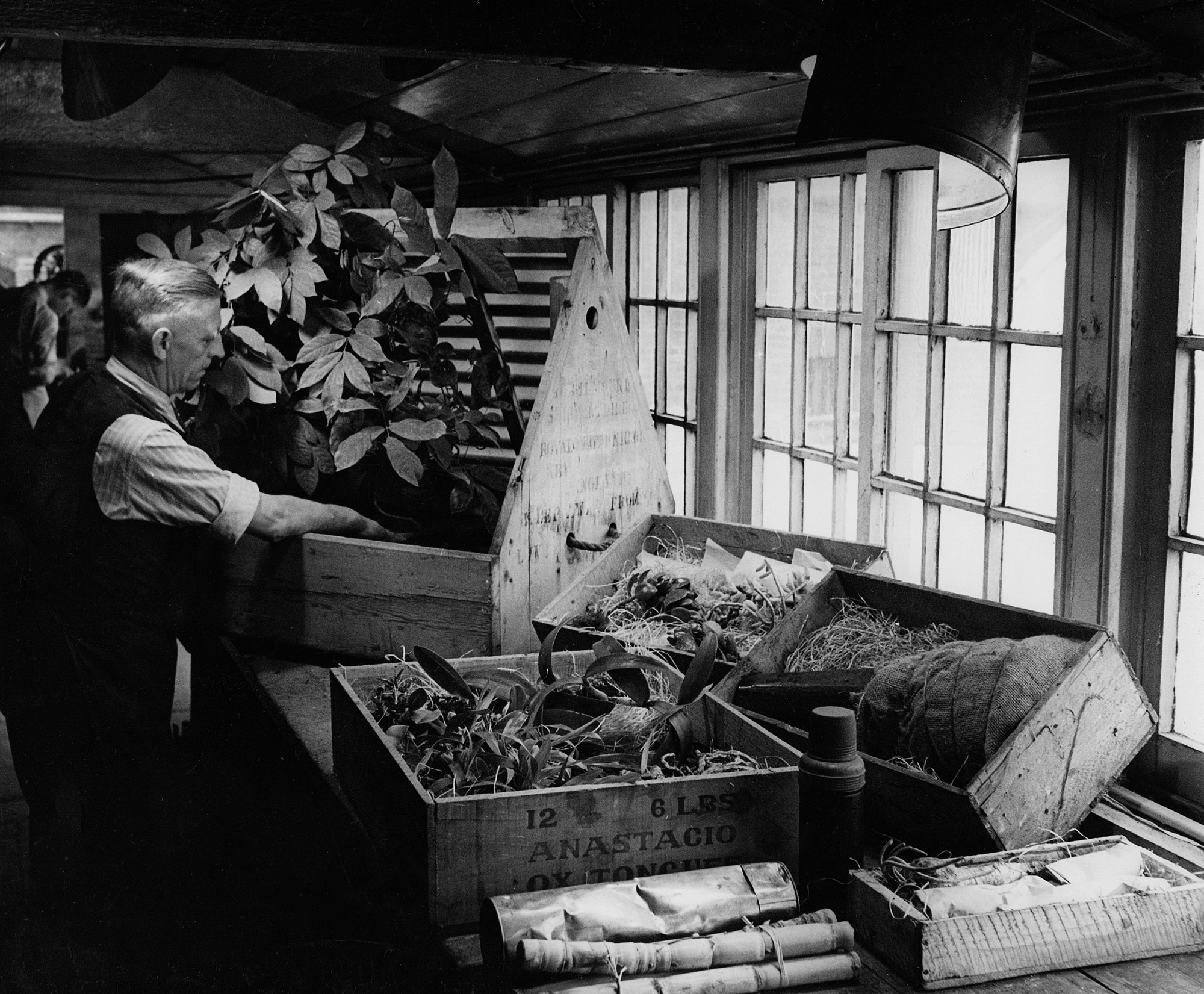
Europe’s obsession with Chinese flowers through the centuries, and how a portable greenhouse transformed the intercontinental plant trade
- Shipping Chinese plants like chrysanthemums and azaleas to Europe became big business in the 1800s, but many flowers died at sea from saltwater exposure
- This changed with the invention of an early terrarium that shielded flowers from the elements, in a new age of successful plant transport that continues today
Among the most unexpected exports from China to Europe in the late 18th and throughout the early 19th centuries were live plants destined for botanical gardens and burgeoning numbers of private horticultural collectors.
Wealthy Chinese merchants in early 19th-century Canton – now Guangzhou – who were then among the richest men in the world, had standing contracts with local nurseries to supply their homes with a wide variety of flowering plants throughout the year.
Plants at the time considered rare and unusual by Western standards were sent to Europe, and those that survived the lengthy sea voyage became prized collector’s items. Demand for new varieties steadily grew among botanical connoisseurs.
In time, recognition grew among businessmen that the transport of exotic plants from China to emergent European markets was potentially profitable. Plants were packed in wooden cases with span roofs, which would be unscrewed and removed in fine weather to allow exposure to sunlight and fresh air.

In common with anything horticultural-related, extensive experimentation and trial-and-error methods prevailed, particularly for unfamiliar species.
A sudden growth spurt in potted plants that this change precipitated could not be sustained when the vessels departed northwards, and led to numerous fatalities.
How a chemistry teacher became the father of Hong Kong orchid enthusiasts
Salt water was the mortal enemy of plant shippers. Constant sponging with fresh water was required to remove traces of salt from foliage and stems. Good-quality tarpaulins to keep off salt water were a solid long-term investment.
Any innovation that could dramatically reduce – or ideally eliminate – the risk of contamination by salt water was readily welcomed. One invention that transformed the plant-packing industry was Wardian cases – an early prototype terrarium. The invention of Nathaniel Bagshaw Ward, at least one side of a packing case was glazed to allow in light.
Construction was expensive; top-quality, well-seasoned timber able to withstand cracking and remain watertight on long voyages was essential. Cases were mounted on legs at least six inches (15cm) high to prevent any salt water washed on board from seeping into the cases and the roots of the plants.

Azaleas and rhododendrons were wildly popular – most varieties introduced into European gardens were initially transported by this method.
Azaleas are particularly susceptible to saltwater exposure, and until successful transport techniques were found, fatality rates in transit were high. Chrysanthemums survived better – as did camellias – which was reflected in their lower prices.
On one voyage, out of 250 plants packed into Wardian cases in China, 215 were in good condition on disembarkation in London, after a voyage of almost five months.

Plant-smuggling operations were also significant – daring botanical piracies transformed the global economy within decades.
Rubber tree seeds were smuggled out of Brazil by Henry Wickham and successfully germinated at London’s Kew Gardens; seedlings transported to Ceylon – modern-day Sri Lanka – in Wardian cases marked the beginning of an extensive rubber industry across Southeast Asia.

By the years following the first world war, plants were exported packed into versions of Wardian cases, but were stored in the cool rooms of ocean liners, instead of on open decks.
Transport techniques are similar today. Everything from azaleas at the point of flowering to mature trees are now exported in refrigerated containers.

